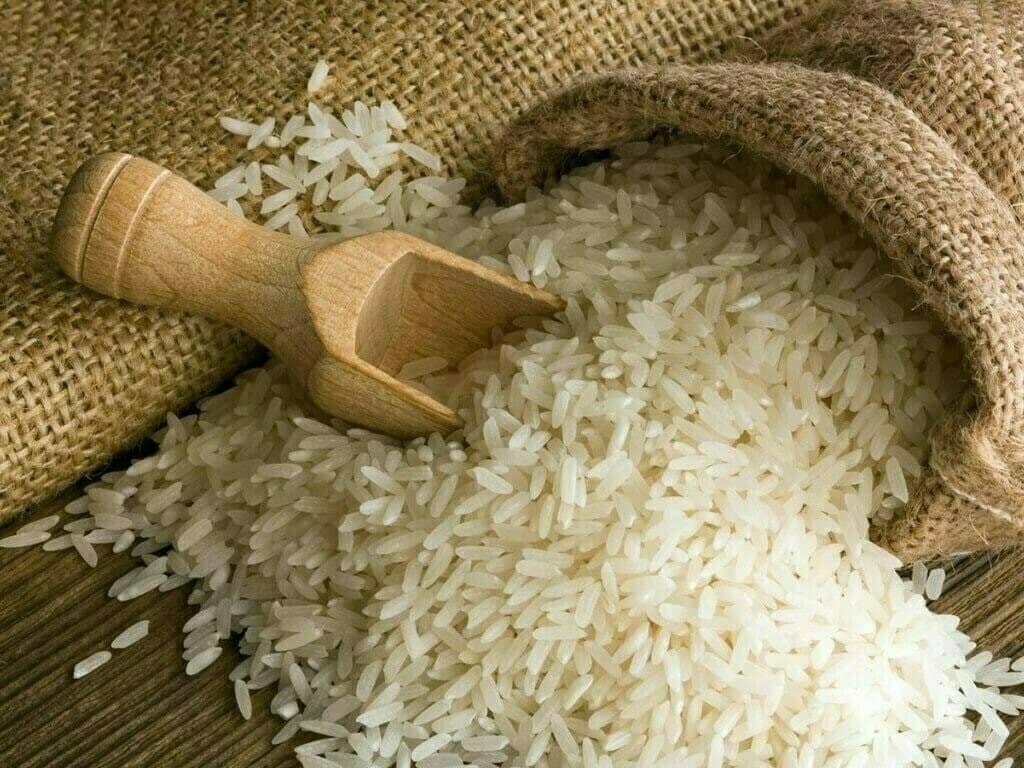Tags
Commentary: Does India’s disruption of the global rice market pose new threat to food security?
Several Asian countries will play pivotal roles as the shock from India’s rice export ban unfolds, says this Harvard University professor.

A man checks rice at a store in Quezon city, Philippines, on Aug 14, 2023. Countries worldwide are scrambling to secure rice after a partial ban on exports by India cut supplies by roughly a fifth. (AP Photo/Aaron Favila)
BOSTON, Massachusetts: Both rice and wheat supplies are now facing alarming shortages. The prospect of another world food crisis that would rival those in 2007 to 2008, 1972 to 1974 and 1966 to 1968 is front-page news.
In the past three years, the world food economy has been severely stressed by COVID-19 supply disruptions, adverse weather, Russia’s escalation against Ukraine’s grain shipping and storage facilities and the rapid emergence of drought-inducing El Nino. Regional conflicts in Africa, which cut off food supplies to vulnerable populations, have become a constant.
The great paradox of food security is that only governments can ensure it, but markets must do the heavy lifting. Learning to manage this symbiotic relationship has proven a challenge for most countries.
Indonesia demonstrated the lessons it has learned when it steered the 2022 G20 Summit in Bali to a dramatic declaration that started with a primer on food security. It is uncertain if India, the current G20 chair, can provide similar leadership on calming an increasingly turbulent world food economy.
India’s rice export ban on Jul 21 needs to be understood in this context. Food security begins at home, and the general election scheduled for the spring of 2024 has politicians’ eyes focused on stabilising staple food prices.
India will still try to manage the rice export ban carefully to minimise its impact on regular customers. Exempting par-boiled rice protects Bangladesh and a few African markets. Existing contracts for physical loadings are likely to be honoured.

BALANCING DOMESTIC NEEDS WITH EXPORTS
As chair of the 2023 G20, and with Indonesia’s successful 2022 G20 Summit still fresh in mind, India seeks to balance domestic needs with export reliability.
As the Indian shock to the world rice market unfolds, three countries are in the spotlight.
First, the question remains whether Indonesia will receive the full 1 million tonnes of rice it contracted from India. If it does, that will calm the whole world rice market.
Second, the status of the Philippines’ rice stocks is crucial. A number of experienced technocrats in the Philippine Cabinet have likely planned for this contingency.
Third, Vietnam’s export patterns warrant scrutiny. While its crop outlook seems good, there is always the danger that the Vietnamese government might restrict exports in response to domestic hoarding. Managing price expectations in Vietnam will be critical.
In a rice emergency, all eyes inevitably turn to China. Its rice production has suffered significantly from heat and floods. The exact level of rice stocks is a state secret but they are by far the largest in the world. Still, they are dispersed geographically, which somewhat limits central government access and control.
Food security in China is a high priority, and with both wheat and rice prices rising, it is hard to tell what the Chinese response will be. Any effort to pre-emptively procure more imports will spook the market.
In a real rice panic, Japan might play a similar role as in 2007. Then, the mere announcement by Japan’s prime minister that Japan would start negotiations with the Philippines to sell some of its surplus WTO rice was sufficient to prick the speculative bubble. This sent world rice prices sliding.
Japanese rice stocks are smaller now than in 2007, but even an offer of half a million tonnes to the neediest buyers in the region could calm any panic buying.
RICE PRICES SET TO RISE
Rice experts at the US Department of Agriculture (USDA) are reasonably optimistic the world can get through the projected rice shortages. In their August 2023 release of the World Agriculture Supply and Demand Estimates, world rice production for the 2023 to 2024 marketing year is forecast to be 8.1 million tonnes larger than in 2022 to 2023. World consumption is forecast to decrease by 1 million tonnes due to fewer imports by many countries in Asia and Sub-Saharan Africa.
There will doubtless be some localised hunger from reduced consumption, but widespread rice shortages are not in the USDA’s forecast.
The Asian outlook is surprisingly reassuring considering El Nino and India’s partial rice export ban. A projected decline in China’s rice imports in 2022 to 2023 and a subsequent large drawdown in domestic rice stocks should have a favourable impact. The USDA also expects Indonesia and the Philippines to come through the global rice shortages with ample stocks.
Rice is a more valuable commodity than before the start of El Nino and the Russian attacks on Ukraine’s wheat and corn exports. Rice prices are likely to rise over the next six to 12 months, perhaps by another US$100 per metric tonne for Thai or Vietnamese rice.
The big question though is whether the price rise will be gradual – giving consumers time to adjust without panic – or whether there will be a rapid spike. The fact that there has been little panic since India’s announcement in July gives hope that the increase in rice prices will be gradual and contained.
Peter Timmer is Thomas D Cabot Emeritus Professor of Development Studies at Harvard University. This commentary first appeared in East Asia Forum.
https://www.channelnewsasia.com/commentary/india-rice-export-ban-asia-countries-food-security-supply-chain-3713166Published Date: August 22, 2023







